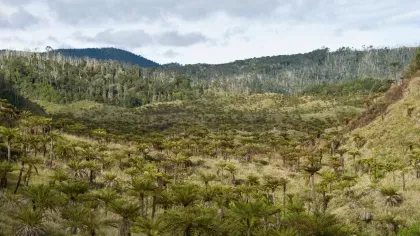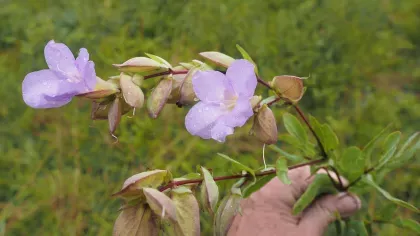21 January 2022
The ‘false banana’ feeding millions
Could a remarkable banana relative feed over 100 million people?

Enset (Ensete ventricosum) is a wild African banana relative, domesticated in the Ethiopian Highlands.
Whilst wild enset is bitter and unpalatable, the domesticated form provides the staple food for 20 million people, around a fifth of the entire Ethiopian population.
But new research suggests that this crop could feed many more people across Ethiopia, and perhaps the African continent.
Crops and climate change
Feeding a growing population at a higher standard of living, whilst weathering the impacts of climate change will test the capacity and resilience of our food systems. Although the scale of this challenge is unprecedented, human ingenuity is not.
Throughout our recent history, as humans spread around the world, we co-opted plants for our own purposes. We domesticated and selected them, sometimes turning unpalatable or poisonous species into staples upon which we now depend.
Enset is an unusual case. For most crops, their success has led to them becoming globe trotters. Through trade, migration and colonization, many species have expanded far beyond their origins.
For example, potatoes and tomatoes, which originated in South America, are found all around the world.
It is curious then, that enset, despite a wild distribution across Africa, has only ever been used as a crop in Ethiopia, and strangely has never been adopted elsewhere. In our recent paper, the reasons behind this anomaly are something we sought to test and understand.
Why? Because enset is a truly remarkable plant.
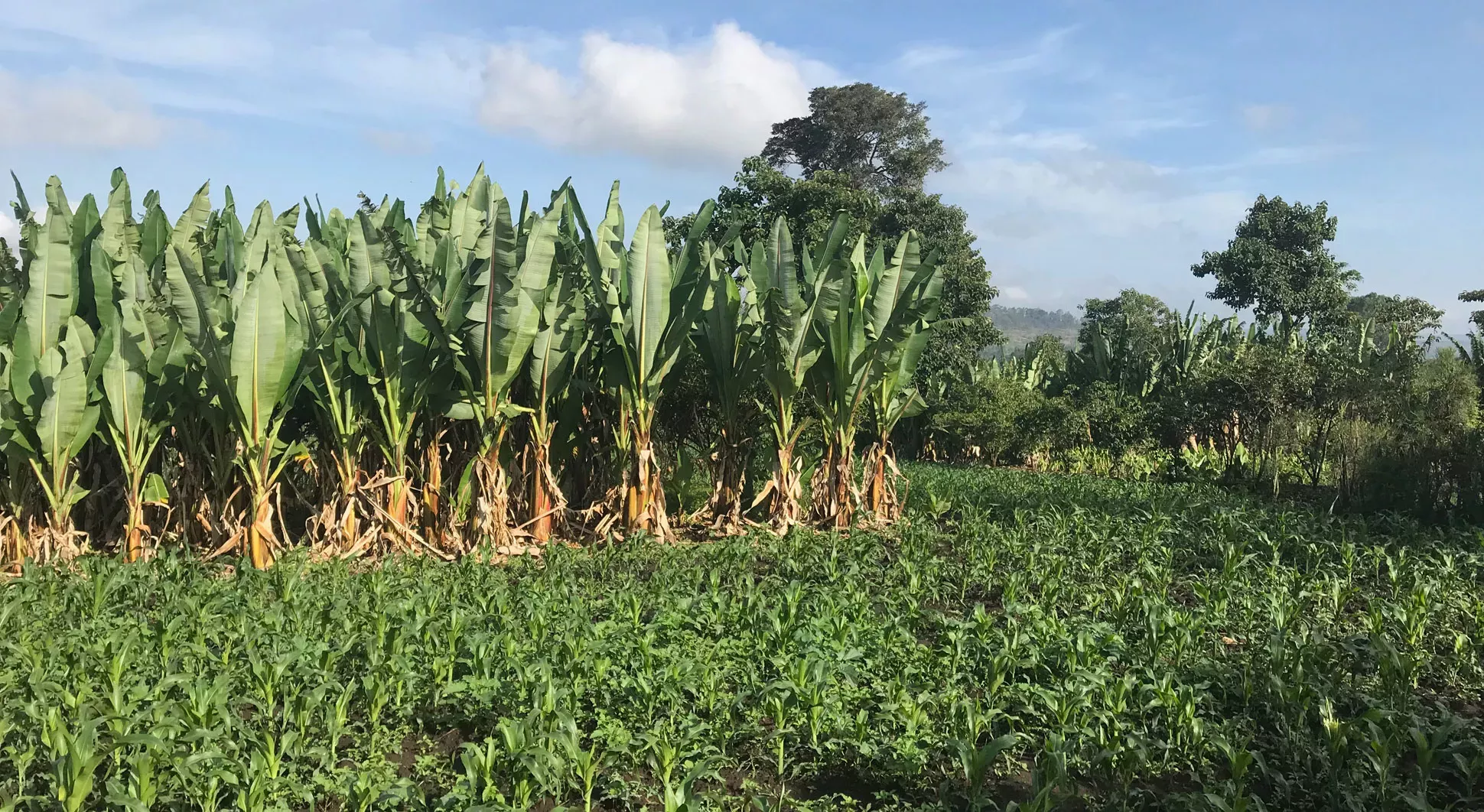
Bananas on steroids
Reaching ten meters tall, as few as 15 plants can feed a person for a year. It has flexible harvest times, stores well, and is relatively drought and disease tolerant.
This combination of attributes has earned it the name, ‘the tree against hunger’ amongst the communities who grow it. So why then is enset only grown in such a small region?
We think it is a combination of history, culture and geography. The southern Ethiopian highlands are like an island. Ethiopia is also known as the roof of Africa, isolated by dry lowlands unsuitable for enset to grow. This natural barrier likely hindered the spread of enset-based agriculture.
Moreover, a vast treasure of local knowledge has formed around the procedures for enset cultivation and preparation over centuries, now deeply engrained in the local cultural identity. This extensive knowledge required for enset cultivation probably formed a second barrier for the expansion of enset cultivation.
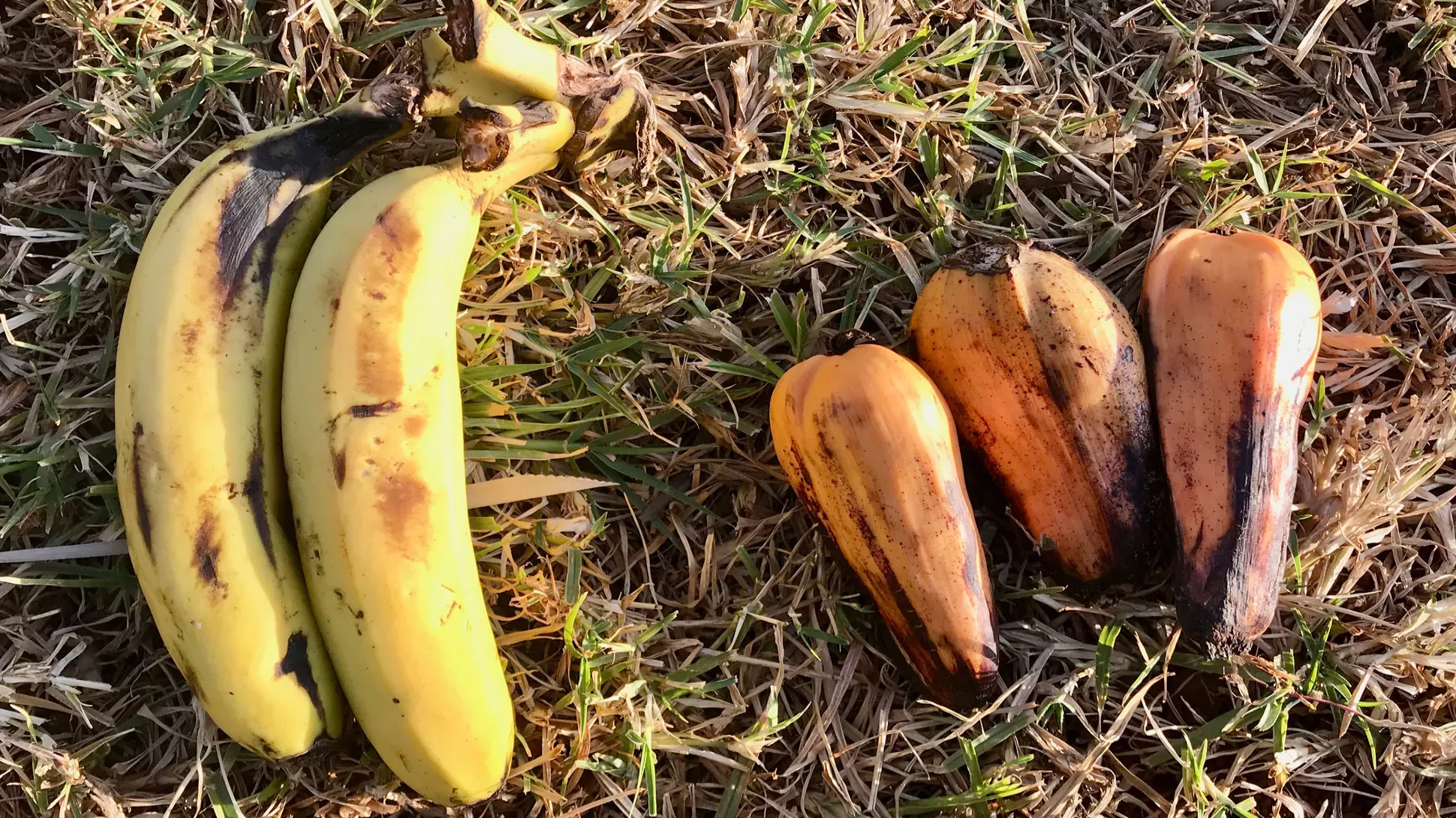
'Wondercrop'
Could enset help support the food security of more people, particularly under climate change? We found that yes, enset has potential to be grown over a much larger area, expanding perhaps even 12-fold.
Foremost in Ethiopia, but also elsewhere in places like Kenya and Uganda. In those regions enset could make a valuable contribution to food security with persisting suitability even under high emission climate change scenarios.
Another key finding was the importance of conserving wild enset. The species occurs in steep river valleys across Eastern and Southern Africa.
We find that wild enset tolerates slightly different conditions, and so contains diversity that could be useful in the future for plant breeding. It really is an exemplar of the synergies between agriculture and conservation.
Helping farmers and societies adapt to climate change will be one of the major challenges of the 21st century – our crops and where we grow them will change, whether we like it or not.
Diversifying farming systems with orphan crops is an major pathway on that road, and one where Kew and it’s partners are playing a major role. With its outstanding food security traits and high expansion potential, enset could become an integral part of that story.
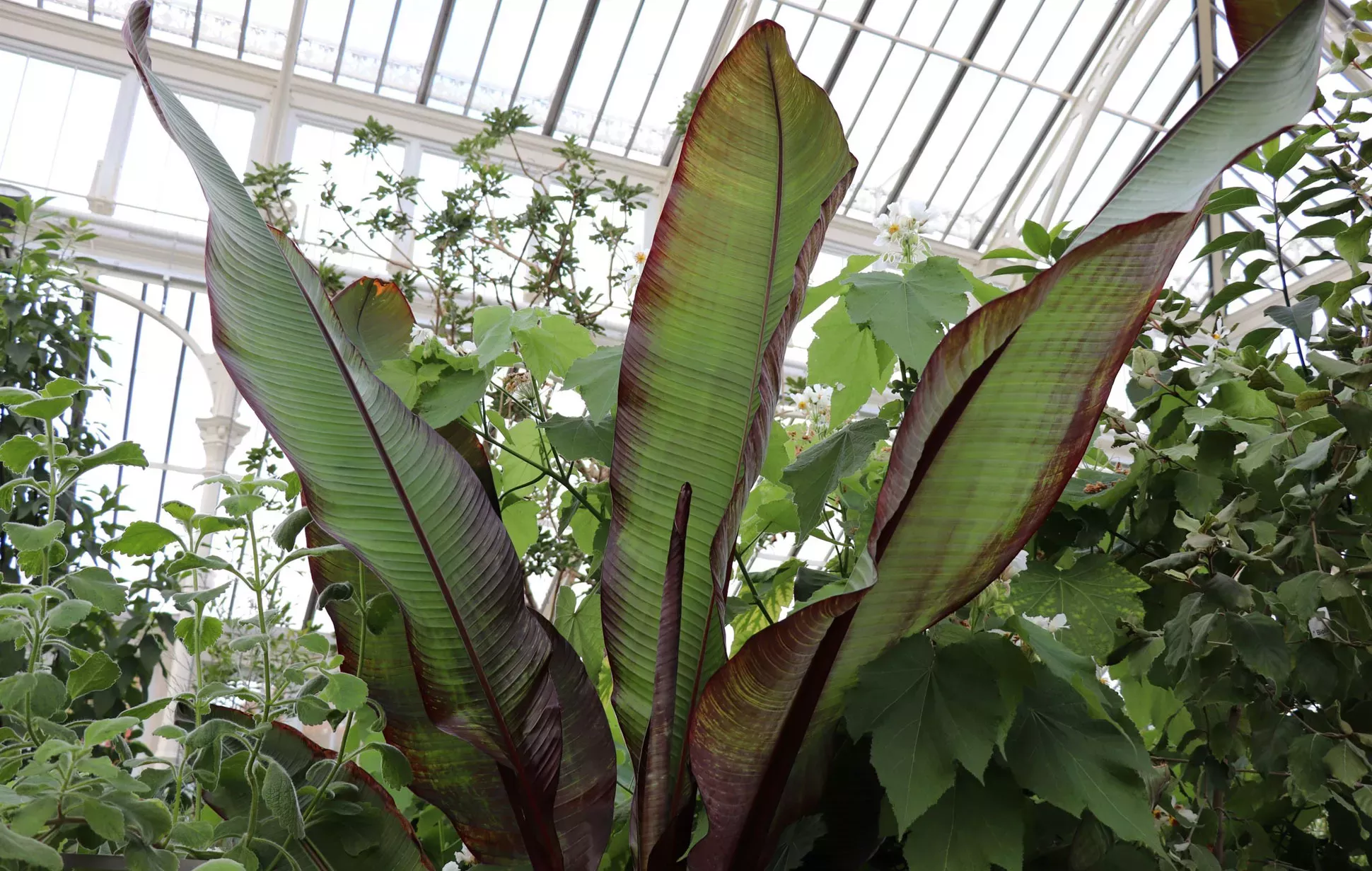
Read the paper
Koch, O., Mengesha, W.A., Pirono, S. et al. (2022) Modelling potential range expansion of an underutilised food security crop in Sub-Saharan Africa. Environ. Res. Lett. 17.
Acknowledgments
This research is only possible thanks to long running collaborations between Kew and researchers and farmers in Ethiopia who are the experts and custodians of remarkable crops like enset.
Thanks to our partners:
- Addis Ababa University
- Bangor University
- Ethiopian Biodiversity Institute
- Hawassa University
- Natural Resources Institute, University of Greenwich
- University of Leicester
- Queen Mary University of London




